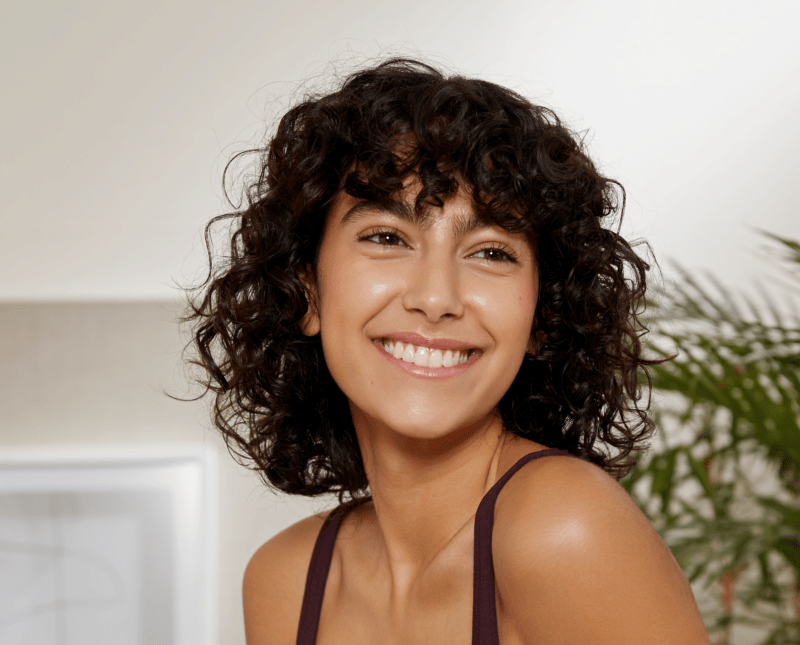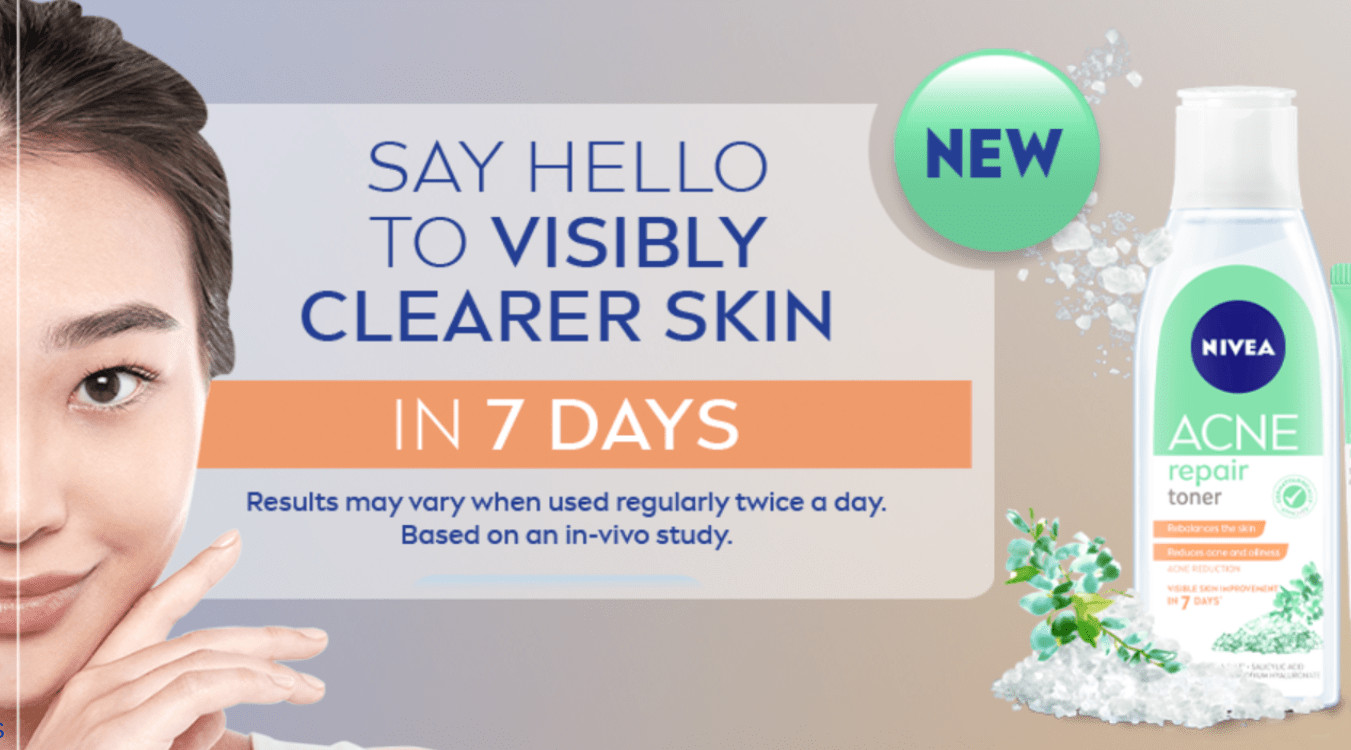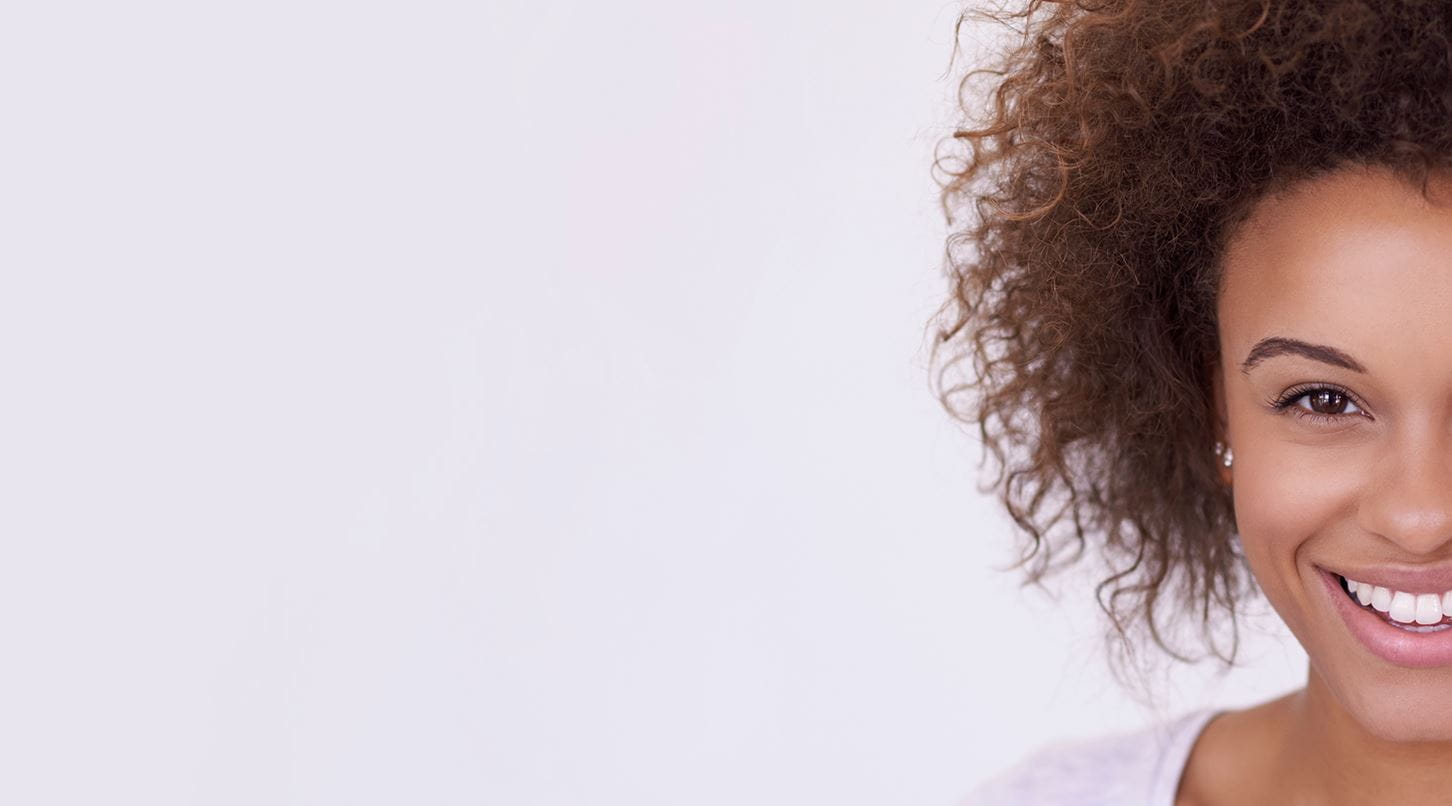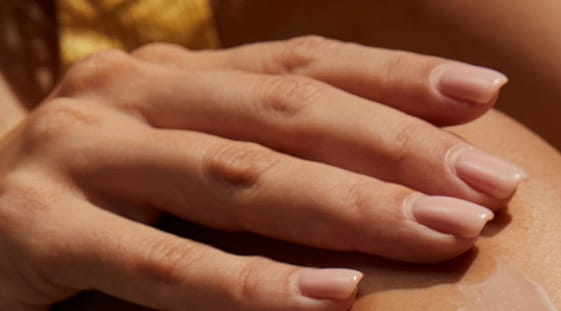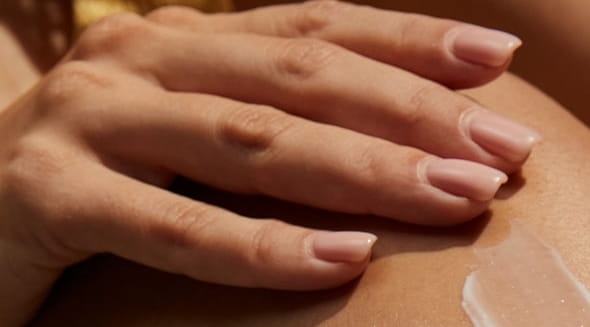
Acne Treatment and Help
Skin issues like acne don't just occur in puberty. Adults can also suffer from stubborn spots, inflammations and blackheads. We will show you how to treat skin impurities properly and guide you to the best products for acne prone skin.
What types of acne are there?
To ensure that you receive the correct acne treatment, you should know which type of acne you suffer from. There are also various characteristics: mild cases of acne cause blackheads and spots. In severe cases, painful inflammations and pustules like abscesses can occur.
Acne – what can you do?
Acne develops for various reasons: Genetic predisposition, stress or hormonal fluctuations can also be triggers of this skin problem. Caring for your skin correctly is particularly important with this type of skin.
Clear skin – be active!
Treating acne is often a lengthy process and spots can cause psychological stress. But you are in control: examine your lifestyle habits. These can also be a cause of blemished skin.
DIY face mask
Create a caring face mask in 1 minute
